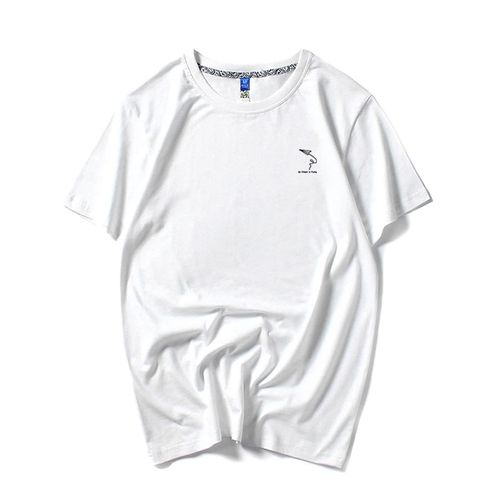There is usually a certain correlation between the price and quality of well-known brand clothing, but it is not completely proportional. The following is a detailed explanation of the cost-effectiveness evaluation method for branded clothing.
1. Brand reputation and history: Well-known brands usually have long-term accumulated reputation and excellent history, and these factors will affect the price of their goods. Brand reputation can stem from product quality assurance, innovative design, and sustained market performance. Therefore, brand reputation and history are one of the important factors in measuring the cost-effectiveness of brand clothing.
2. Product quality and materials: The quality of branded clothing is usually more reliable than that of some non-famous brands. Well-known brands tend to invest more energy and resources in fabric selection, processing technology and detail processing, so their products are of higher quality. However, not all well-known brands can guarantee the same quality for all products, so consumers should consider and evaluate carefully.
3. Design and style: Well-known brands usually have professional design teams to develop styles and styles that are consistent with fashion trends. They put a lot of effort and effort into studying market trends and customer needs. Therefore, the clothing designs and styles of some well-known brands may be more attractive and more in line with consumers’ aesthetic views.
4. Clothing cost and production process: Well-known brands usually invest higher costs in fabric selection, production process and accessories. They will choose high-quality fabrics and use high-standard production processes to ensure the quality and comfort of the clothing. These additional costs will naturally be reflected in the selling price of the product.
5. Brand premium and market strategy: The prices of some well-known brands may have a certain degree of premium. This is because the brand’s popularity and uniqueness will attract consumers who are willing to pay higher prices. In addition, some brands will also use market strategies such as limited sales, cooperative styles, celebrity endorsements, and limited-time promotions to promote sales, thus affecting the price of goods.
There is a correlation between the price and quality of well-known brand clothing, but it is not necessarily completely proportional. When consumers evaluate the price-performance ratio of branded clothing, they need to comprehensively consider factors such as brand reputation and history, product quality and materials, design and style, clothing cost and production technology, as well as brand premium and market strategy. The most important thing is to choose suitable brand clothing based on your own needs and budget, and don’t just blindly pursue popularity or high prices.





